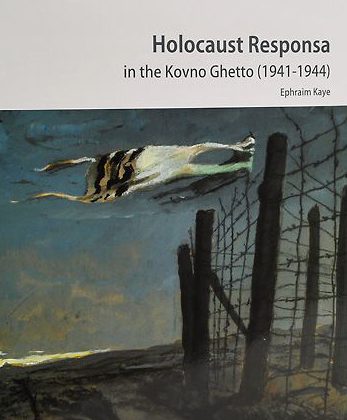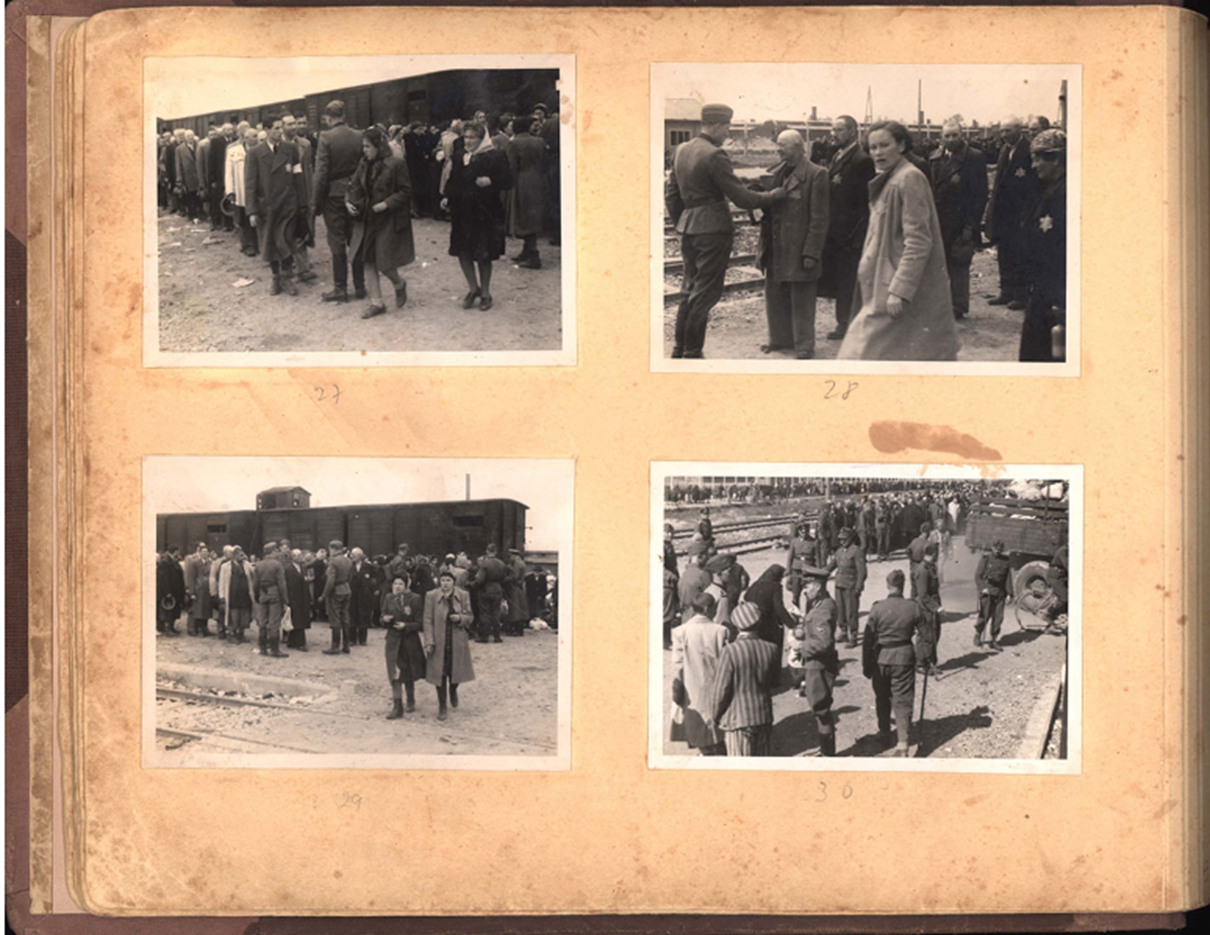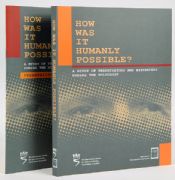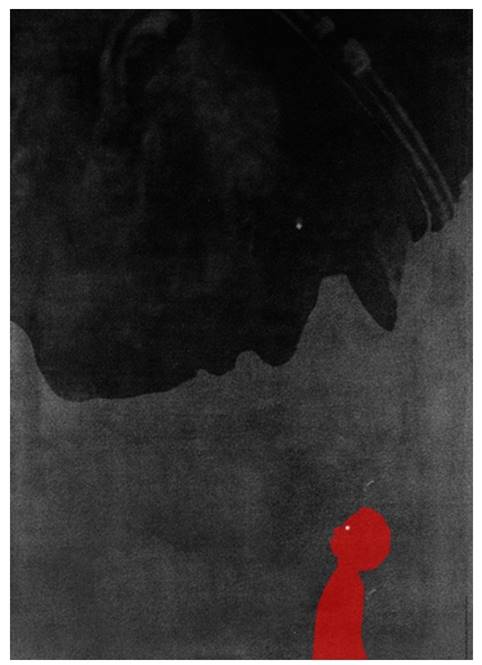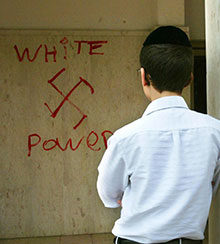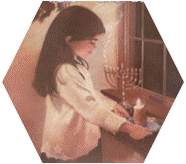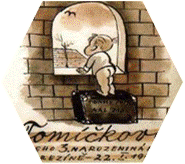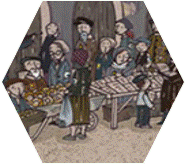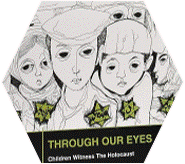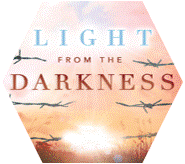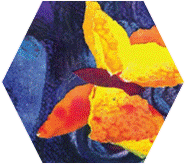High School & Adult Education
Lesson Plans
Grades 9 and up
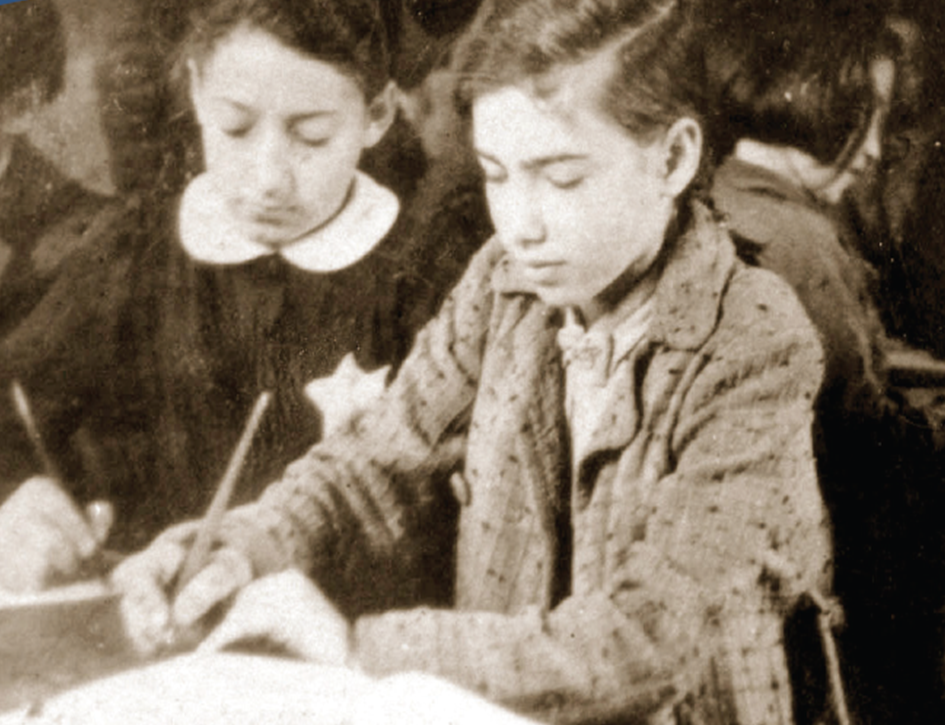
Everything is Forbidden and Yet We Do Everything provides information and texts around which to build a lesson on spiritual resistance. These texts demonstrate how the Jews in the ghettos and camps held onto their traditions.
Text for this lesson (from Yad Vashem’s website).
Pictures from Yad Vashem to go along with these texts (PowerPoint)
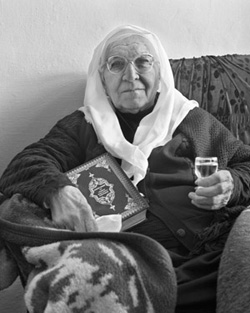
Suggested Lesson Plans using Yad Vashem’s resources on the Righteous (PDF)
Another good source for lessons on this topic is Echoes and Reflections, Lesson 7 (Rescuers and Non-Jewish Resistance), and Lesson 9 (Perpetrators, Collaborators, and Bystanders).
Responsa from the Kovno Ghetto is a resource highlighting issues of Jewish religious law that arose in the ghetto in Kovno, Lithuania, an ancient center of Jewish learning. Amidst the terror and persecution, and in the abnormal conditions of the ghetto, the Jews could no longer adhere to their customs and mitzvot. This guide outlines how rabbis were called upon to answer numerous issues of Jewish law and grapple with ethical dilemmas. The responsa (rabbinic discussions of questions) in this book can lead to fascinating discussions about how best to answer these questions. Be sure to note the alternative answers to some of the questions presented in the book’s footnotes.
Lesson plan for Responsa from the Kovno Ghetto (PDF)
You can purchase Responsa from Yad Vashem’s website or from us as part of a kit.
The Auschwitz Album is the only surviving visual evidence of the process leading to the mass murder at Auschwitz-Birkenau. It is a unique document and was donated to Yad Vashem by Lilly Jacob-Zelmanovic Meier. The photos were taken at the end of May or beginning of June 1944, and show the arrival of Hungarian Jews from Carpatho-Ruthenia. The photos in the album show the entire process except for the killing itself.
Although the Auschwitz Album is a unique resource for teaching about the camps, we recommend great care be taken when using this album as a teaching tool.
You can find the following materials from the Yad Vashem website:
How was it Humanly Possible? is a curriculum that examines how human beings willingly participated in the mass murder of millions of men, women, and children. Specific case studies are presented and examined through historical documents, testimonies, photographs, literature, and art. The unit includes a resource book, a teacher’s guide, and CD-ROM containing computerized copies of photographs and other materials.
“The subject matter of an educational unit on the perpetrators of the Holocaust is fraught with difficulty,” as noted by Yad Vashem. “The mystery of how some human beings become the mass murderers of others – men, women, and children – makes such a unit unnervingly difficult to approach.” However, “the moral warning signs that the Holocaust must raise for us oblige us to attempt to understand how it is that human beings can reach such a point…. It should be stressed at all times that understanding is by no means equivalent to acceptance, empathy, or forgiveness. Rather, it is precisely the moral obligation to reject and to revolt against such conduct that reasserts the historical burden of understanding how it was possible.”
You can find the following at the Yad Vashem website:
For several years, Yad Vashem has hosted a poster contest for their Holocaust Memorial Day celebration. The posters submitted to this contest are fascinating in the various ways they present the issues and depth of the Holocaust.
You can find the posters, along with additional information and suggested lesson plans, at Yad Vashem’s website:
Using Facts to Respond to Anti-Semitism is a teaching unit designed by the Anti-Defamation League for middle and high school students. When learning about the Holocaust, students often see anti-Semitism as a thing of the past, something that ended in the great conflagration of the Holocaust. We know, of course, that the hatred and intolerance of anti-Semitism remain powerful and significant realities today. Many of our students experience incidents in their secular schools.
This lesson introduces students to factual information that refutes commonly circulated anti-Semitic myths. Applying this newly acquired information to anti-Semitic case studies, students can begin to develop effective responses to anti-Semitic incidents. By generating ideas in a small group setting, students will also learn from each other and increase their skill set when responding to anti-Semitism and other forms of bigotry.
Complete lesson plan (from the education-outreach section of the ADL’s website).
In each age group, it is worth considering re-using some of the curricula designed for younger students and addressing it at a higher level.
To Tommy, for his Third Birthday in Theresienstadt, 22 January 1944 can make a nice in-depth unit for high schoolers. At this age you can discuss the other paintings that Tommy’s father made and what was going on in the ghetto that Tommy was not aware of. Along with other artists, Tommy’s father (Bedřich Fritta) was forced to make propaganda art for the Nazis. But in his free time, he drew pictures of what was really happening in the ghetto. The difference is striking. A good source for information about Fritta’s other artwork is the Jewish Museum in Berlin’s exhibit of them. Yad Vashem also has resources for teaching the Holocaust through art, music, poetry, and literature.

